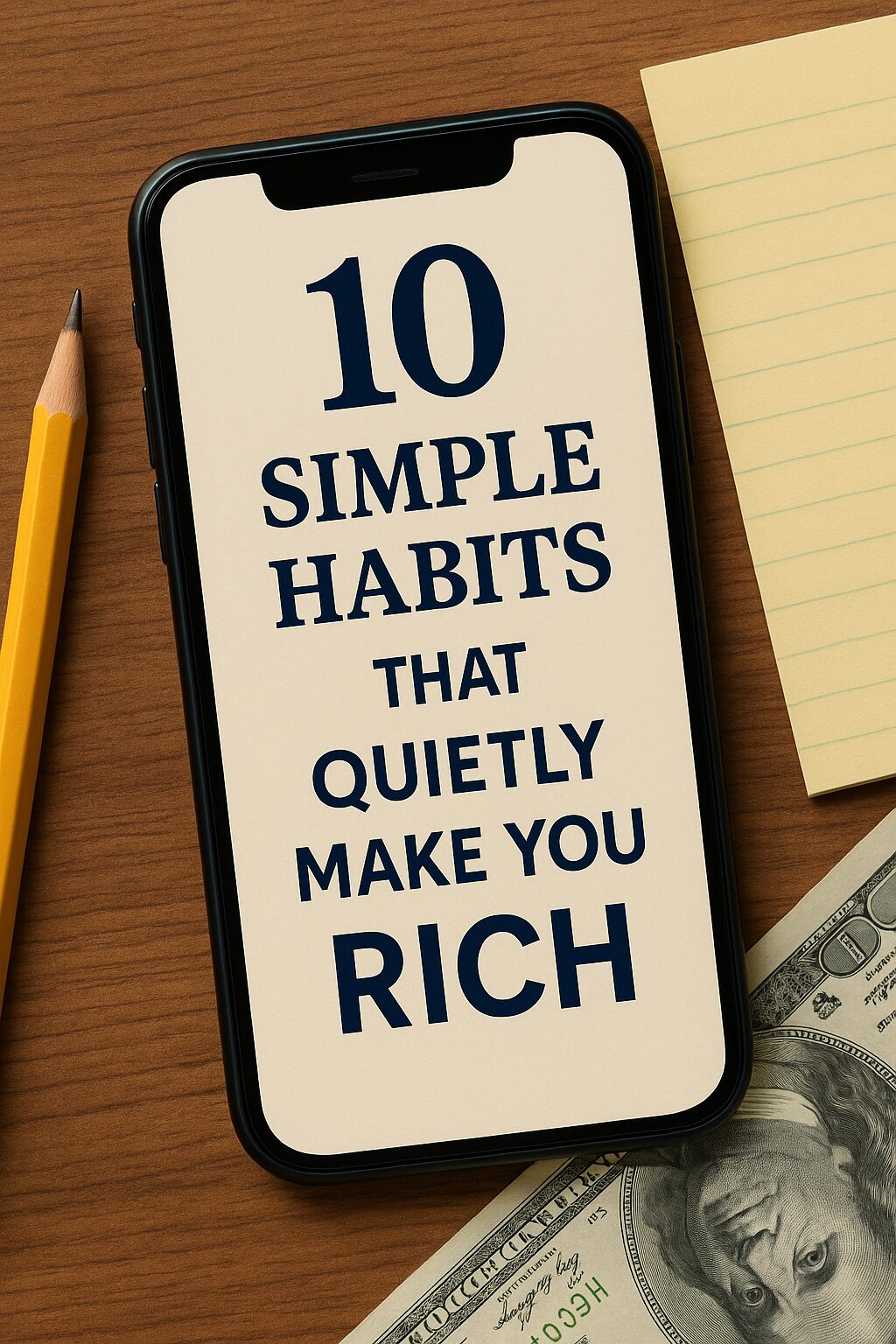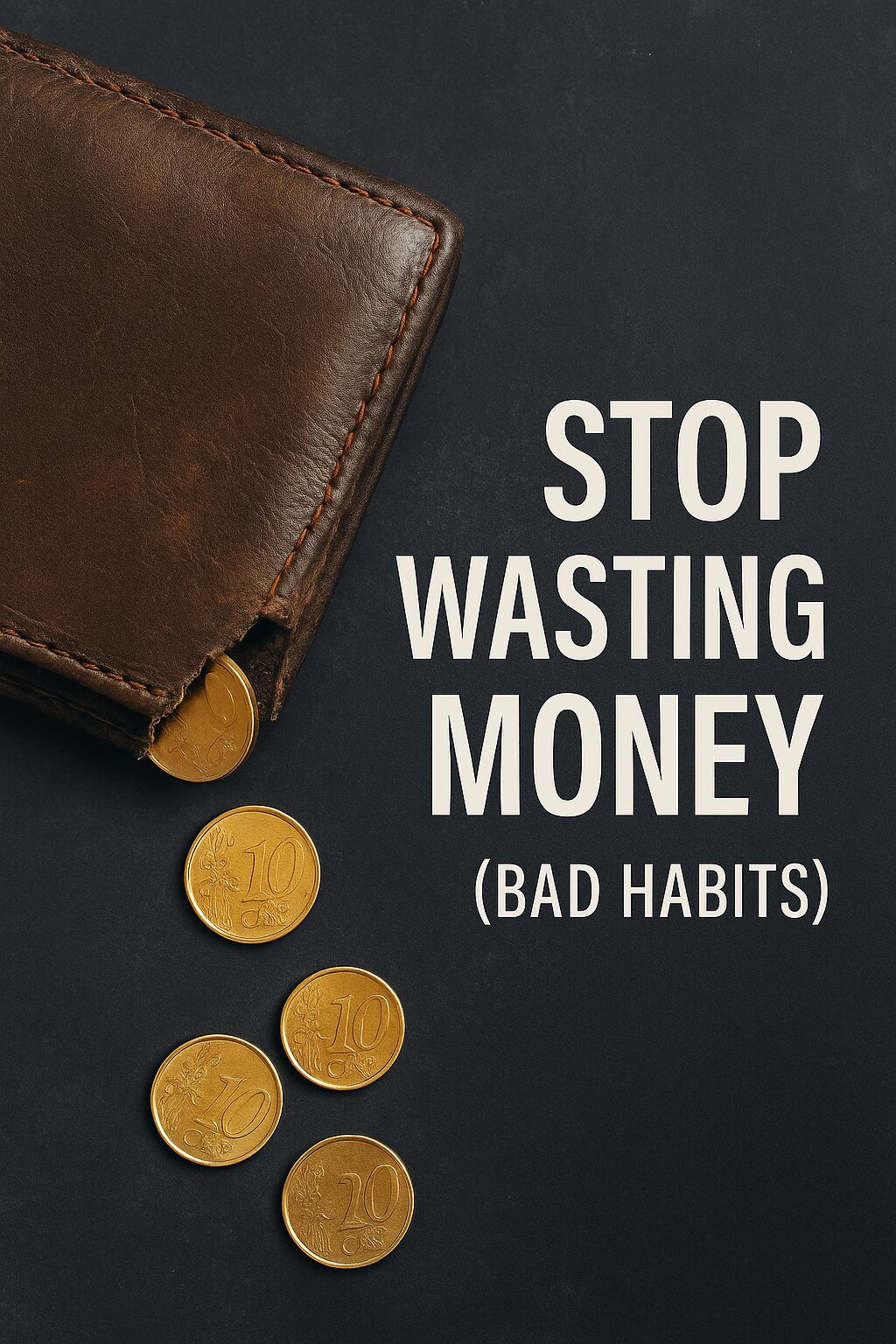When you think of Koreans, you might picture advanced tech, K-pop, and high-speed internet. But there’s another lesser-known secret behind Korea’s economic rise: a culture of saving money—consistently, quietly, and effectively.
And at the center of this mindset is what some call “The 1-Month Rule.”
It’s not a budgeting app. It’s not a bank product. It’s a mindset shift—a simple rule that has helped millions of Koreans build savings, avoid debt, and survive global recessions. In this guide, we break down what the 1-Month Rule really means, how it works in real life, and how you can adopt it no matter where you live.
1. What Is the “1-Month Rule”?
The 1-Month Rule is the practice of delaying any non-essential purchase for 30 days.
If after a month you still want or need the item, then you buy it—guilt-free. But if you’ve forgotten about it or no longer feel the same urgency, you don’t.
It sounds simple, but it’s remarkably powerful.
This rule helps people:
- Avoid impulse purchases
- Break emotional spending habits
- Build discipline and mindfulness
- Save 10–30% of their income with less effort
In Korea, this concept is widely taught by frugal parents and reinforced by the social norm of financial caution. It’s one reason why Korea has one of the highest savings rates among OECD countries.
2. How Koreans Apply It in Real Life
Let’s look at how this rule plays out in the lives of ordinary Koreans:
Case 1: Fashion Temptation
A university student sees a trending $120 jacket.
She snaps a photo, adds it to her “1-month wish list,” and walks away.
A month later? She realizes she doesn’t really need it—money saved.
Case 2: Online Gadget FOMO
A tech worker sees a flash sale on Bluetooth earbuds.
He waits 30 days, and by then, a newer model has come out.
He skips it and redirects the $90 into his emergency fund.
Case 3: Family Budgeting
Parents raising two kids use the 1-Month Rule to manage toys, gadgets, or subscriptions.
Kids are taught to delay, reflect, and prioritize—skills that stay with them for life.
Korean tip: Most people keep a “deferred list” in their notes app.
It’s not about never buying—it’s about not buying too soon.
3. How the Rule Saves More Than Just Money
The 1-Month Rule doesn’t just save cash—it rewires how we think about spending.
Emotional Spending
It gives you a “cooling-off” period so you’re not buying from stress, boredom, or social pressure.
Less Clutter
You’ll notice your home has fewer things you don’t use—because you avoided buying them in the first place.
Smarter Decisions
You have time to:
- Compare prices
- Read reviews
- Look for alternatives
- Wait for sales
Over time, your purchases are more intentional—and fewer.
4. How to Start Using the 1-Month Rule Today
Step 1: Create a “30-Day Waitlist”
Use any notes app or journal. Title it “Things I Want to Buy”
Every time you feel tempted to buy, add it to the list with the date.
Step 2: Set a Calendar Reminder
Mark a reminder exactly 30 days later.
If you still want the item, go ahead.
If not, celebrate the savings.
Step 3: Track What You Didn’t Buy
Keep a section for “items skipped.”
Seeing how much money you didn’t spend becomes surprisingly motivating.
Step 4: Use the Savings Wisely
Redirect that saved money to:
- Emergency funds
- Travel savings
- Retirement or investment accounts
Tip: Many Koreans auto-transfer savings to a “hidden account” that’s not easily accessible—forcing the habit.
5. Adapting the Rule Globally – Even If You Live Paycheck to Paycheck
Some people say,
“I don’t even have enough to save—how can I delay spending?”
Here’s why this rule still works:
You Build Delay Muscles
Even small delays (7 days, then 14, then 30) train your mind for financial discipline.
Apply It Beyond Shopping
Try it with:
- Food delivery apps
- Streaming subscriptions
- In-app game purchases
- Impulse travel bookings
Just 2–3 delayed decisions a month can mean $50–$150 saved.
Works in Any Economy
Whether you live in New York, Nairobi, or New Delhi—the emotions behind spending are universal.
The 1-Month Rule gives you breathing space to rethink.
6. Real Numbers – Why the 1-Month Rule Builds Wealth
Let’s say you normally spend $400/month on non-essentials.
If the 1-Month Rule cuts just 25% of that, you save $100/month.
That’s $1,200/year.
Over 10 years with interest? Easily $15,000–$18,000.
Now imagine using that money to:
- Pay off debt
- Travel without stress
- Invest in a small business
- Take a sabbatical
Final Thoughts: This Rule Can Change Your Life
You don’t need to be Korean to benefit from this Korean habit.
You just need to pause before you purchase.
Saving money isn’t just about coupons or sacrifice.
It’s about control.
The 1-Month Rule gives you that control—starting with your next “I want it” moment.
📌 Related Post:
If you’re curious about which health-related items foreigners in Korea actually buy over and over again,
Check out our Top 5 Korean Supplements That Foreigners Actually Buy (And Reorder) — real products, real demand, no fluff.
📌 Coming Up Next:
Top 5 Korean Supplements That Foreigners Actually Buy (And Reorder)
→ In our next post, we’ll reveal the Korean supplements that foreigners trust the most — the ones they’re not just trying once, but reordering regularly.


